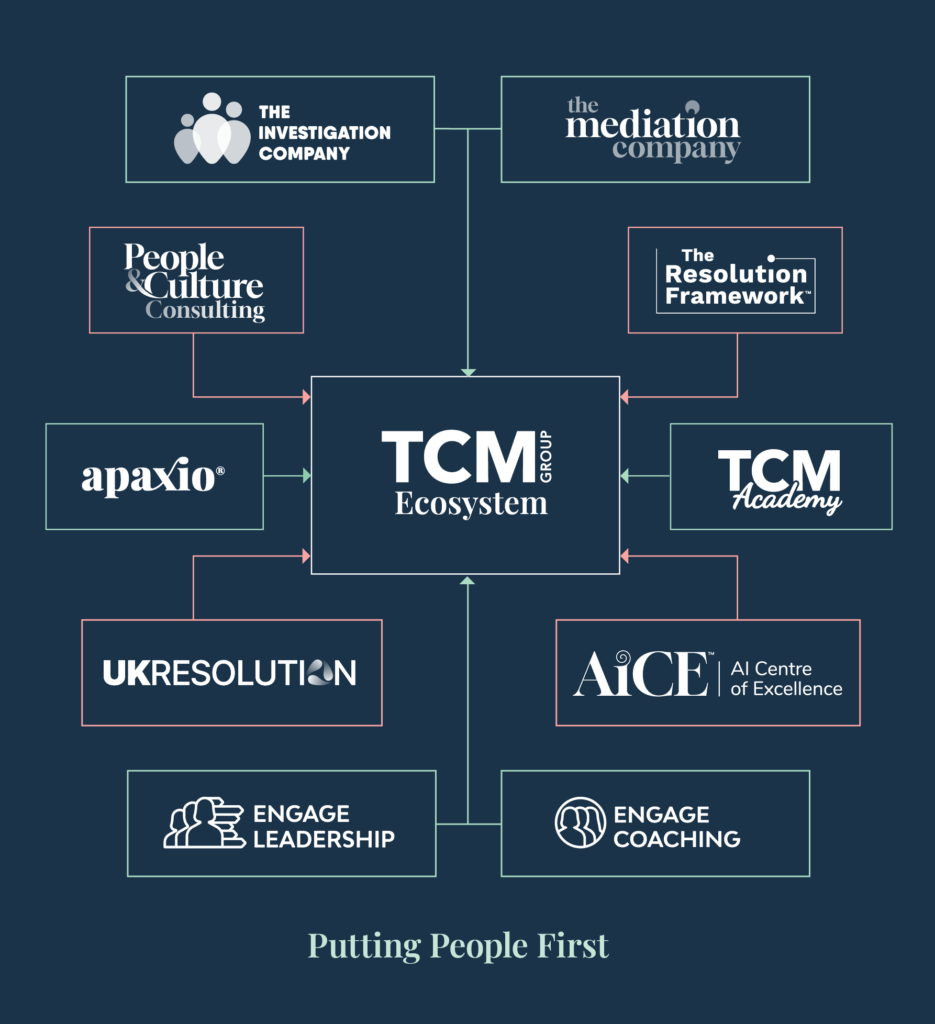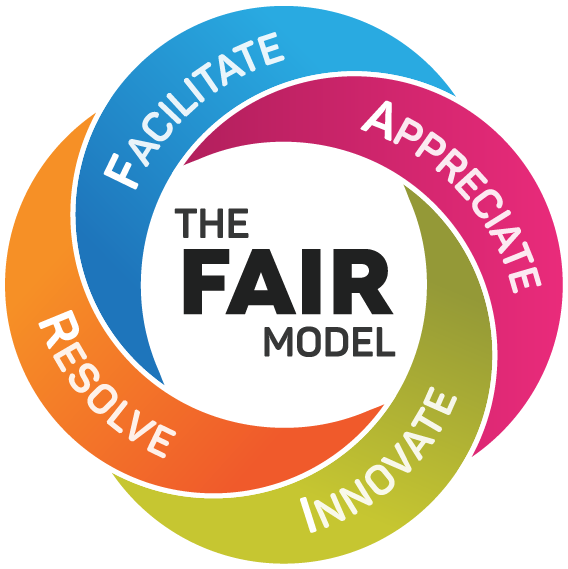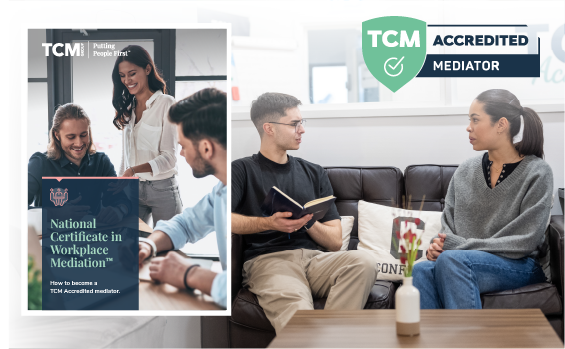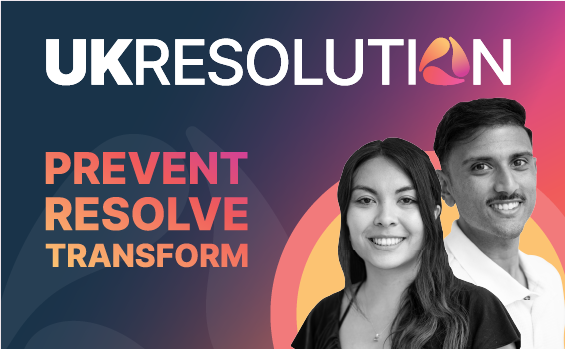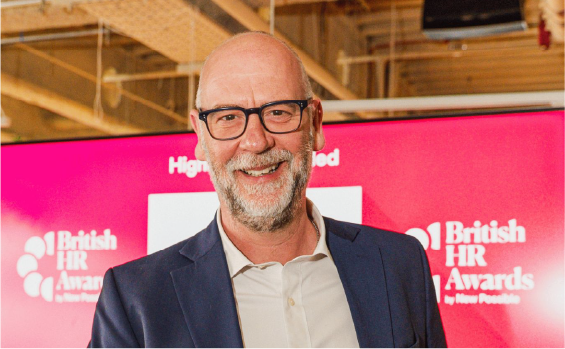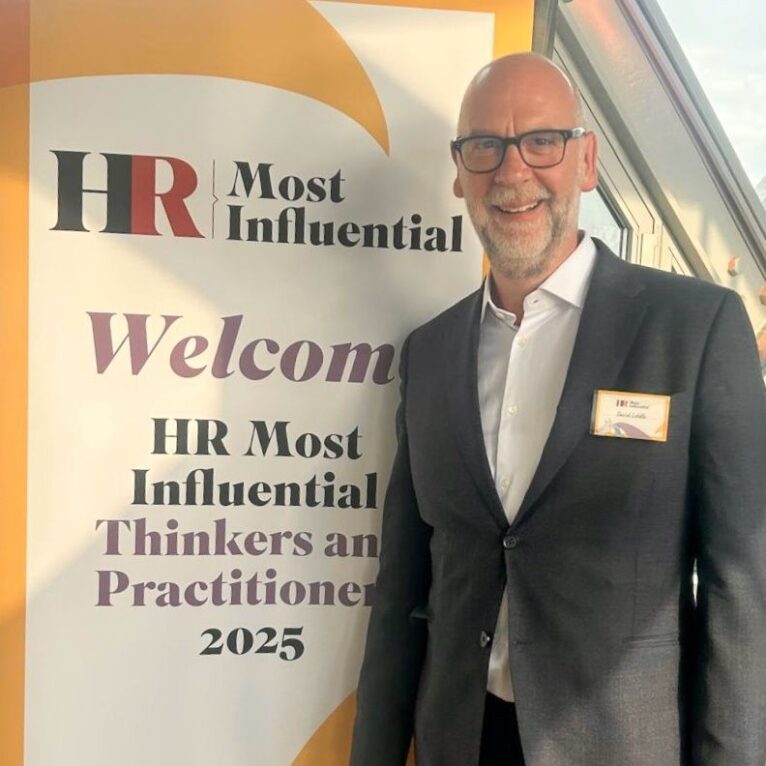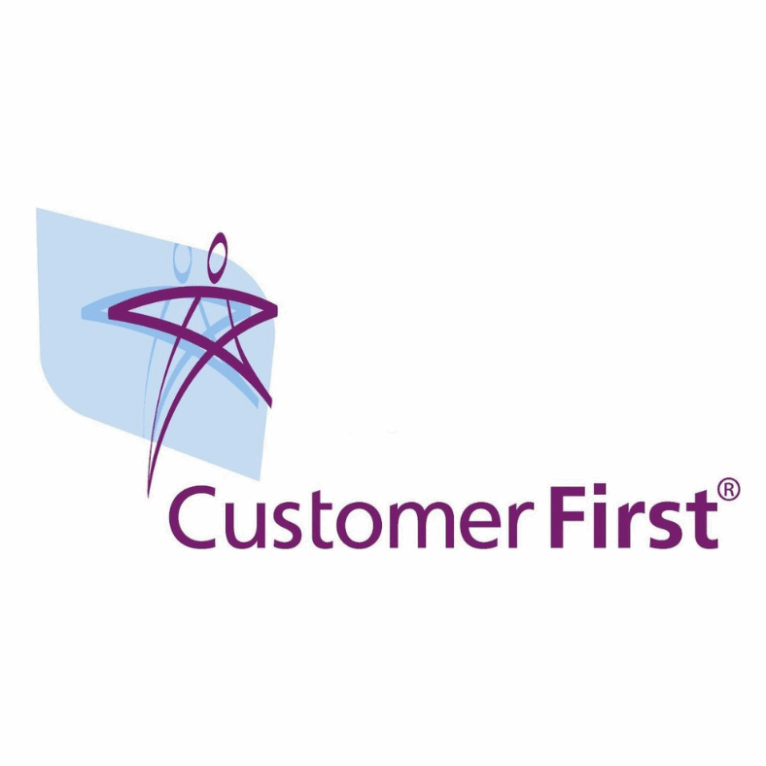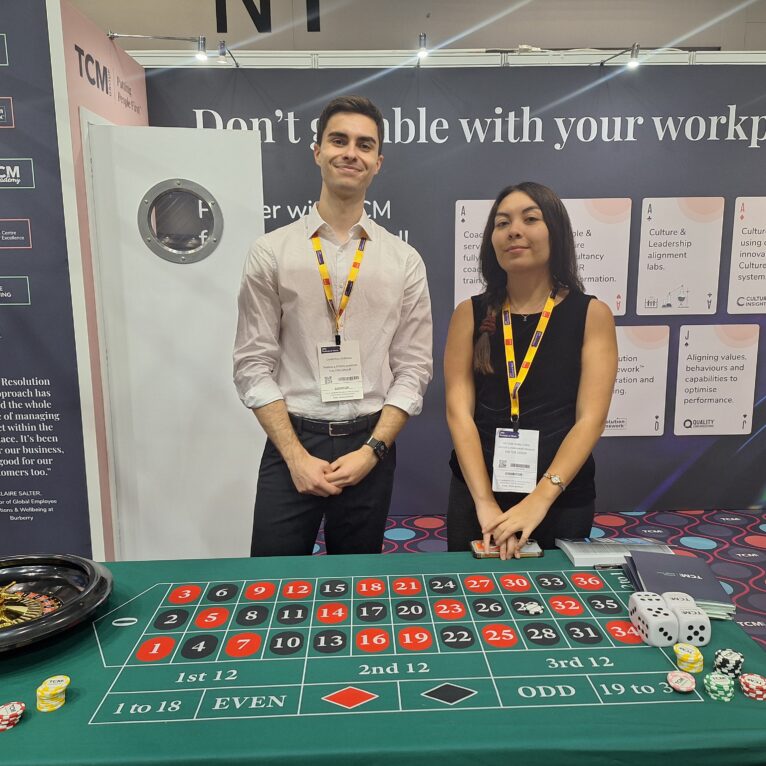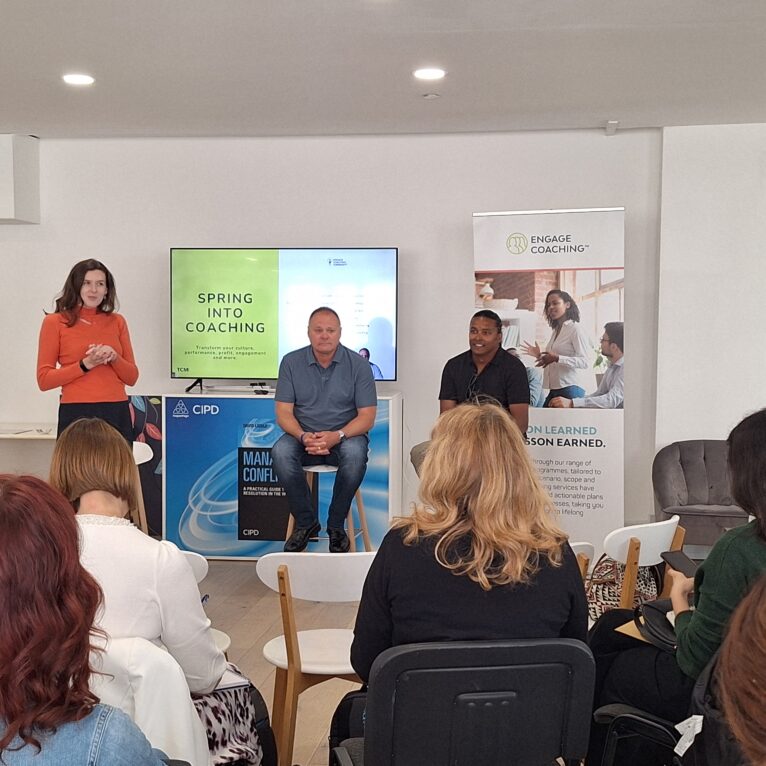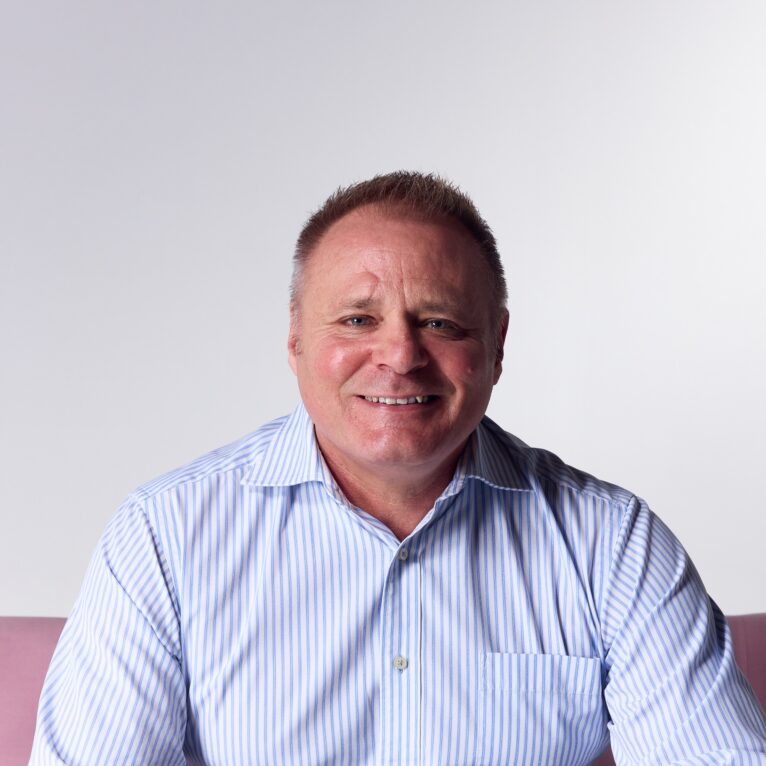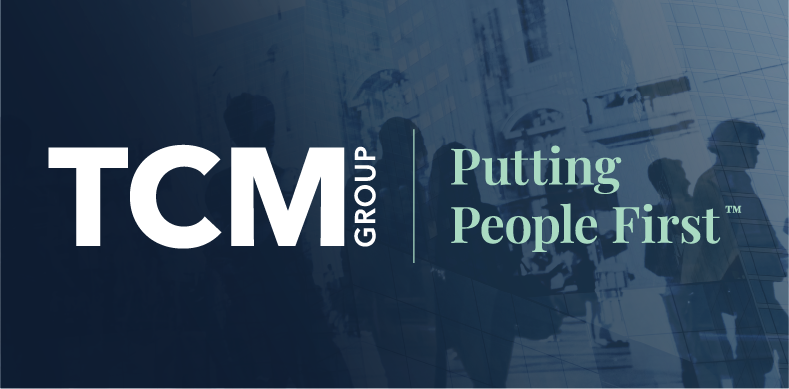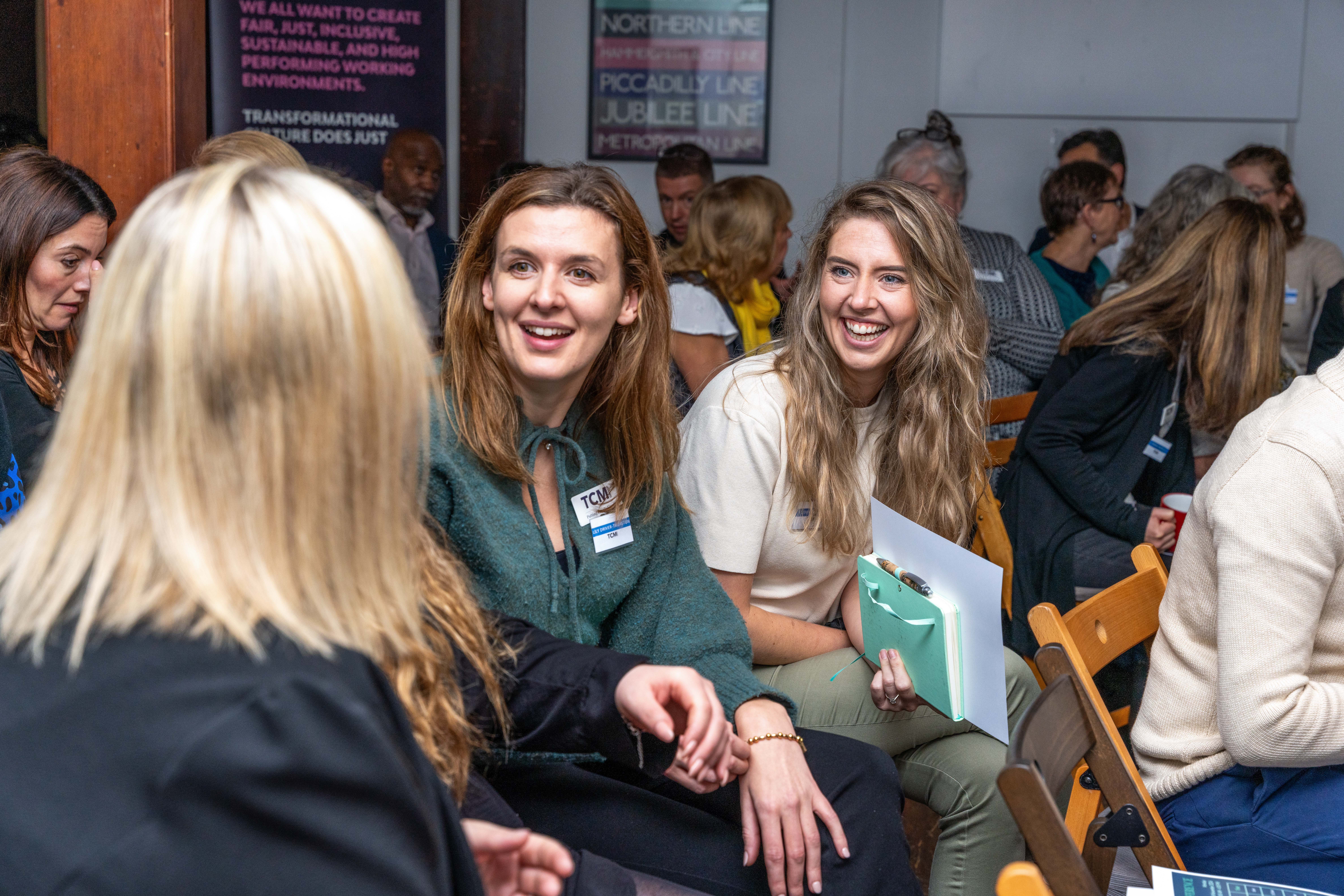
Share article:
Tags:
Have you ever wondered what would happen if HR wasn’t just seen as the “policy police” but as the beating heart of organisational success? We do too, which is why we recently hosted a fascinating webinar on the strategic potential of the People & Culture function with our CEO David Liddle.
Here’s what we learned…
The Challenge of Traditional HR
HR departments today stand at a critical inflection point. For decades, HR has often been perceived as policy-driven, reactive, and overly focused on compliance. Many employee handbooks open with a welcome message only to immediately follow with pages of disciplinary procedures and rules – effectively communicating distrust from day one.
“What we’ve done is we’ve designed in a set of systems and a rule-based process which inhibits dialogue,” David notes during our discussion. “We’ve designed out dialogue at our deep expense to our workplaces, as you’ll see in evidence around poor engagement, poor productivity, and low well-being.”
The People & Culture function represents a fundamental shift in how organisations manage their human capital. It’s not simply a rebrand but a complete reconceptualisation of the role HR plays in organisational success.
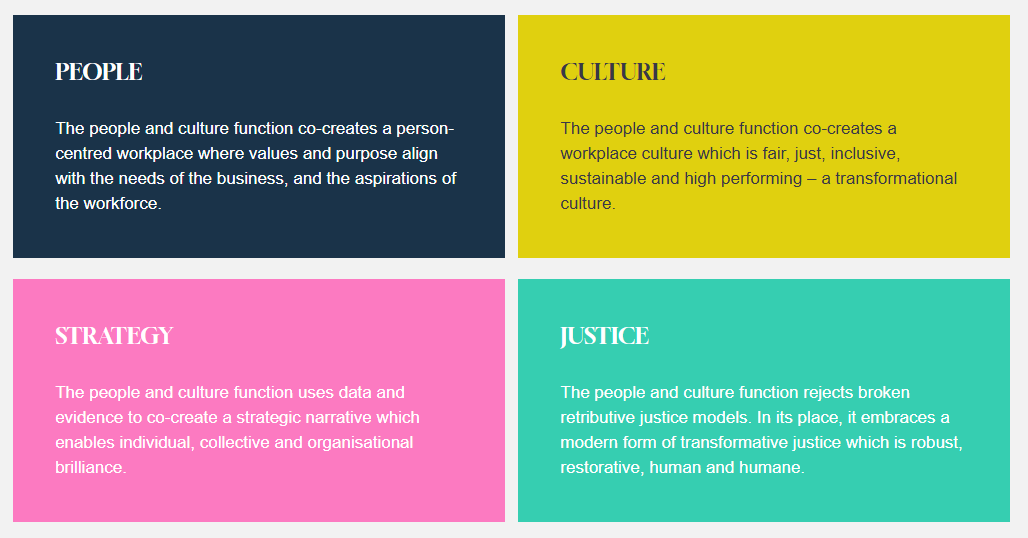
At its core, this transformation focuses on four key pillars:
1. Creating People-Centred Workplaces
The People & Culture function puts humans—not resources—at the heart of every process. One participant in our webinar noted, “There’s a perception that there’s a disconnect between creating a fair, just, inclusive culture and higher performance.” However, the opposite is true: when people feel valued and supported, performance naturally improves.
2. Strategic Alignment
“The people function becomes that enabling function, bringing parties together,” David explains. It acts as a bridge between workforce needs and organisational objectives, creating what he calls “an unstoppable strategic bond” between these sometimes competing interests.
3. Transformational Culture
Culture is often misunderstood as something separate from business operations. In reality, as one HR professional pointed out during our discussion, “Culture and people are the business.”
The People & Culture function recognises that culture isn’t just a nice-to-have but should be “the greatest asset that the organisation has… it sits on the asset register. It plays its role in the financial and human return on investment within the organisation.”
4. Reimagining Justice
Traditional HR often relies on retributive justice systems—grievance procedures, disciplinary actions, and performance improvement plans that focus on blame and punishment. A transformative approach to justice balances procedural fairness with restoration and growth.
“The resolution framework reduces your exposure to the tribunal almost down to zero,” David shares, referring to TCM’s alternative to traditional grievance procedures. This approach not only reduces legal risk but creates healthier workplace dynamics.
Culture vs Climate: Understanding the Distinction
One of the most valuable insights from the webinar is the distinction between organisational culture and climate:
“Culture operates in terms of the expression of the purpose, the values, the strategy, and the climate of our organisations is the felt experience of our people.”
The People & Culture function operates at the intersection of these elements, facilitating flow between the strategic culture and the day-to-day climate experienced by employees. It recognises that “we can shift the culture one conversation at a time.”
David Liddle’s model for transformational culture consists of three key elements:
1. The Culture Hub – A multidisciplinary space where stakeholders co-create the cultural narrative
2. Eight Strategic Enablers – Including people and values, data and evidence, leadership, transformative justice, and sustainability
3. Seven Leadership Behaviours – The “7 Cs” that managers should embody to create positive workplace climates
This model provides a practical framework for organisations looking to evolve their people function.
Why This Matters Now
The urgency for this transformation has never been greater. As one HR leader shared during our webinar, “We have a massive issue in the charity I work for… it’s total carnage and chaos” after rapid growth without proper people systems in place.
Another participant noted how they’re “now trying to unpick all the mess” created by leadership that “hasn’t tackled one thing at all” in terms of creating a healthy culture.
With challenges ranging from employee engagement to leadership alignment, hybrid working models, and DEI initiatives, organisations can no longer afford an HR function that simply administers policies. They need strategic partners who can navigate complexity and drive cultural transformation.
As David emphasises: “The future of work is not tomorrow… it is today.”
## Moving Towards People & Culture
For organisations ready to make this shift, David suggests several practical first steps:
- Establish a Culture Hub where multiple stakeholders can collaborate
- Focus on dialogue rather than bureaucracy
- Listen deeply to employee experiences
- Reimagine employee handbooks to focus on enablement rather than restriction
- Equip managers with coaching and dialogue skills
Creating Your Transformational Culture
The journey from traditional HR to strategic People & Culture function isn’t just about changing job titles or restructuring departments. It’s about fundamentally shifting how organisations view their people—not as resources to be managed but as the very essence of what makes the business successful.
